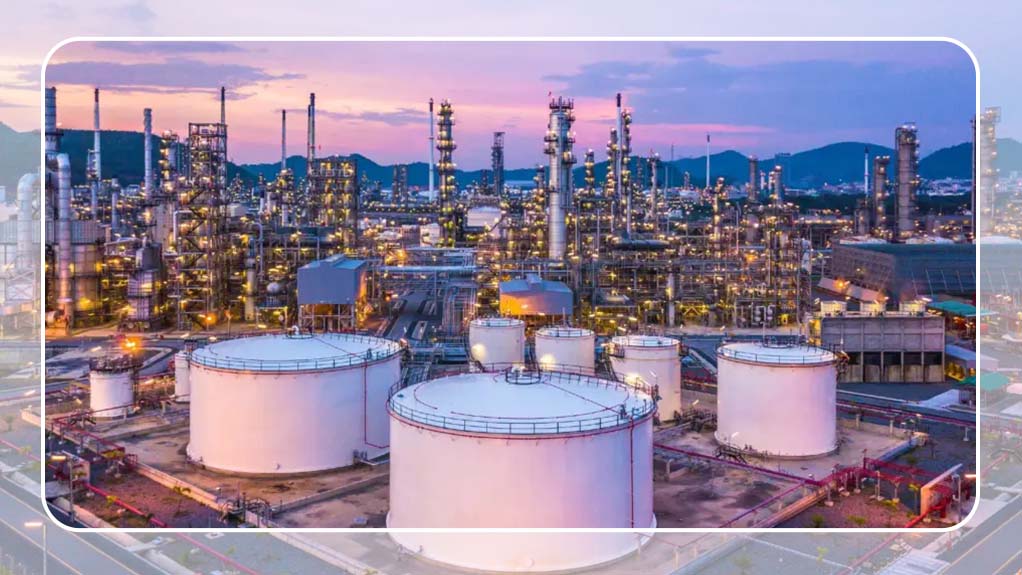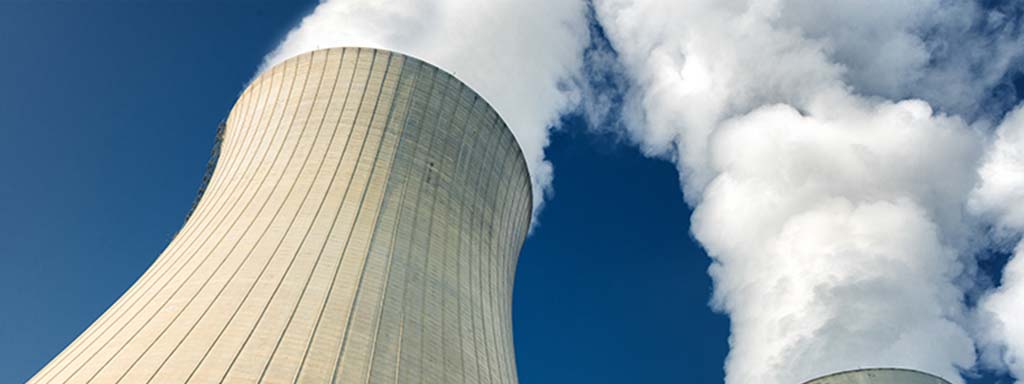Oil and Gas
Introduction
Modern living makes extensive use of oil and gas. Our contemporary economies and lifestyles are supported by the oil that powers our automobiles, trucks, and planes. Gas generates power for us and may also be used to heat homes, businesses, and water. Plastics, insecticides, lubricants, waxes, tars, and even asphalt for our roadways are all made from the byproducts of oil refifining. An established and efficient method of eliminating impurities and creating a pure product is by using activated carbon. Our carbon-based solutions may also be used to recycle resources for future use and guard against harm to industrial machinery.

Summary
- Enables the recovery of process chemicals and the reduction of purchasing
- Produces items of better purity
- Safeguards process machinery
- Reuses resources, such as water
- Extends manufacturing me to increase plant economics

Amine and Glycol Recovery
Activated carbon can significantly extend the service life of the amine by treating a side stream of recirculating amine liquor to eliminate or minimize H2S/CO2 and other degradation chemicals from natural gas. By controlling the amount of Heat Stable Salts (HSS) produced during the stripping of the rich amine solution, this capability safeguards other equipment in the circuit. Similar to this, purifying the glycol used in gas dehydration operations guarantees top performance and lowers the chance of subsequent raffinate contamination.
Activated Carbon Will:
Reduce circulating solvent/absorbent inventory deterioration to a minimum, Eliminate dangerous contaminants from the finished product., safeguard process equipment, maximize the use of absorbents and processing chemicals, Improve the performance of the process equipment

Condensate Treatment
Reusing condensate steam as boiler feedwater is a prevalent technique in the petrochemical and power-generating sectors. This method boosts plant profitability and provides a ready supply of warm water. But recycled condensate, which includes organics (such as oil) and solids like metallics in ionic form, collects pollution from the system. Systems that purify recycled water using activated carbon and ion exchange resin are frequently used to handle these undesirable condensate elements. In these situations, it is crucial to make sure that each treatment step’s mineral release and slip are properly handled by the appropriate medium selection and equipment size. The boiler and turbines will continue to run effectively thanks to this.

HPNA Removal
In the hydrocracking reactors, a process known as heavy polynuclear aromatics (HPNA) is created by the condensation of aromatics and the dehydrogena on of polynaphthenes. Once this has occurred, HPNAs become extremely difficult to remove and accumulate, leading to signifificant heat exchanger fouling and catalyst deactivation. These substances are particularly resistant to conversion in a hydrocracking reaction zone and are regarded as refractory in the hydrocracking process. This must be avoided since it lowers the quality of output. Our activated carbon solutions are the perfect answer for geting rid of these unwanted substances.

Mercaptan Removal and Fuel Sweetening
Mercaptans are sulfur-containing organic hydrocarbon molecules that have a distinct odor and the ability to corrode pipes. Therefore, in order to offer a suitable feedstock or end product, mercaptans that are found in natural gas in large quantiones must be eliminated. In the sweetening plant, the oxidation of the mercaptans is often carried out in order to separate the mercaptans from natural gas. This is a catalytic process that frequently makes use of acti vated carbon.
Activated Carbon Specialist
Contact Us
We will help you!
Drop a message
Fill out the form below and for specialist will be touch.

